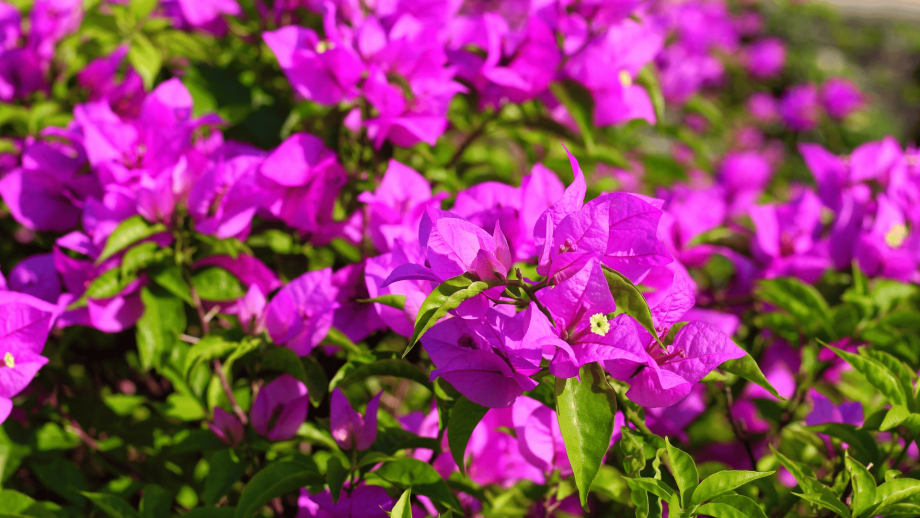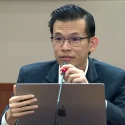I remember the pink bougainvilleas in concrete planters outside 38 Oxley Road, floral shamans prepping me for time travel. The tall gate and the barbed wire were more awkward than foreboding. And then, the late 1800s structure, so recognisable in our popular imagination. Upon closer examination I felt cheated by the photographs and visual records, by the imagined colonial grandeur of Singapore’s first family. There were signs of age, if not decay. In the flip switches and tiled floors were elements of old Malayan plantation houses I’d visited, but without the care and upkeep that accompanies belonging.
Only Lee Wei Ling lived there at the time, in the only home she’d known, with a debilitating condition and the awareness that competing narratives were being scripted for the day she died. Worse, she probably knew, as we found out last week, that the one she and one brother subscribed to would ultimately, inevitably, “lose”. We sometimes lament Lee Kuan Yew’s final years, spent watching his children squabble over his will, but I wonder what hers felt like. The house, what little I saw, wasn’t so much decrepit as despondent, on borrowed time. Material and spiritual squalor hung in the air of a century-old space. The pink petals dancing on my way out signalled a return.
But to what? Lee Kuan Yew’s material contradictions stayed with me. How is it that the man who nurtured a nation of hyper consumers, people who swap cars, repaint walls, and upgrade smartphones at every opportunity, was himself content with material stasis? Was his greatest trick convincing each of us to become Homo Economicus, to serve the ends of a neoliberal machine that he thought a tropical island must submit itself to—while he, Zen-like, embraced emptiness in myriad forms?






